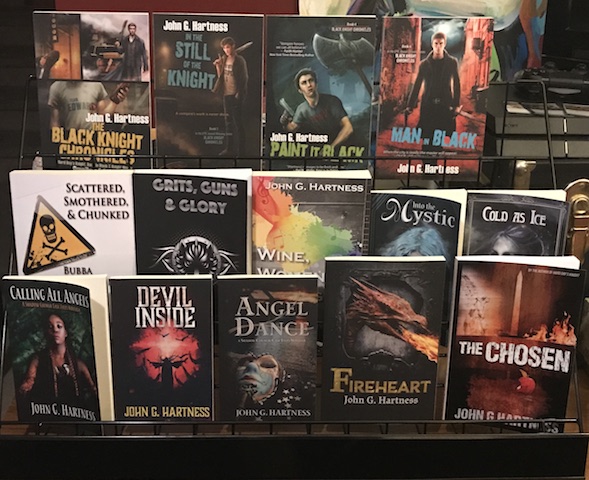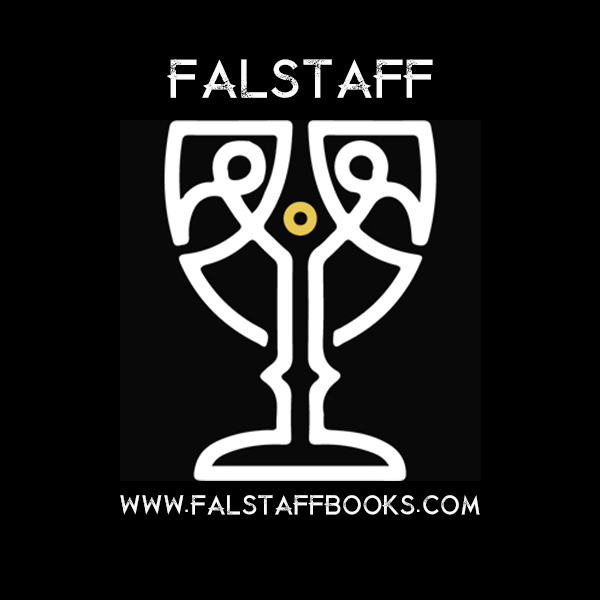KJ Hannah Greenberg has a new book out called Don’t Pet the Sweaty Things. Check it out and check out her views on the short story market today. I’ll be back tomorrow with photos from the last couple of weeks and stories from my fevered hallucinations while high on cough syrup.
Given the advent of convergent media and their impact on the world of publishing, these days, editors and writers agree that the contemporary short story market is much like the seemingly amorphic colossus described in “The Blind Men and the Elephant.” More explicitly, whereas groups or individual gatekeepers and creatives get the gist of some aspects of this bold, new bazaar, no one understands this souk in its entirety.
Contemporary social expectations have evolved alongside of contemporary telecommunications, too, in a race to determine not who has the most toys, but, furthermore, whose toys are the shiniest. In simple terms, burgeoning innovation has complicated the industry. Championship, to a significant degree, has become a guessing game. It seems, nowadays, that it’s better to be morphed into a gelatinous wildebeest, transported to Planet Nine, or else exposed to outer world experiences than to win a Pushcart Prize or National Endowment for the Humanities monies. Fortunately, feelings are not facts.
What continues to be true is that “the rules” have been vaporized. In their place sit poorly fitting literary brannocks. At the same time as meagerly fashioned fluff rules “popular,” i.e. mass market publications, the literary and the pulp markets, the publishing world’s extremes, respectively, are shifting. No longer do writers sell only science-based speculative fiction. Instead, we sell an array of imaginary stuff including, but not limited to: alternate history, bizarre fiction, cross-genre fiction, cyberpunk, slipstream fiction, soft science fiction, steam punk, and weird tales.
Despite this upheaval in what constitutes content fit to be marketed, we writers, and the folk who befriend us, remain motivated to broadcast patterned words. Presently, electronic and audio venues vie with traditional print forums for the best short fiction. Roll call URLs such as Ralan’s SpecFic & Humor Webstravaganza and Duotrope’s Digest help established and emerging writers, alike, find homes for their short works.
When assessing the short story market, in addition, it behooves us to appreciate that writers are no more likely to make a living being word players today than we were ten or one hundred years ago. Most short stories authors sagaciously keep their day jobs. Despite the fact that odd ducks, because of merit, fortune, or both, make five and six digits on works issued by traditional presses, by print on demand presses, or by vanity and self-publishing presses, most skilled folk are happy to get, if not membership in SFWA, then bylines at respectable locations.
All things considered, even the end that is peer recognition is not freely given. Half of the problem is the tonnage of garbage that gets mindlessly submitted to people populating mastheads (I can vouch for this phenomenon since I edit for Bound Off and for Bewildering Stories). Many newbies, but also a good per cent of older, cantankerous sorts, think it costs nothing for them to submit, at the touch of their keypad, work to multiple outlets, and to do so simultaneously; they forget someone has to read the received work.
The other half of the problem is the half-baked efforts offered up by otherwise good writers coupled with the diminishing energies available from good periodicals’ exhausted staffs (see above for the rationale for droopy masthead members). Although getting published takes more than a roll of the dice, it can be very confounding either to find a welcome mat or to find work worth welcoming.
What’s more, not each and every published morsel is created equally. I remember, during my stint as a literary critic at Tangent, feeling loss at the nearly formulaic, i.e. safe for sales, nature of most of the stories that managed to squeak onto the pages of renowned magazines. Fortunately, we have places as Critters.org, where “the best and the brightest,” alongside of newcomers unafraid of risks, send their work for peer feedback. I’ve enjoyed proportionately more of that latter group of manuscripts, bumps, warts, and so forth, then the methodically published, albeit technically “well written” stuff splat on the big guys’ pages.
Auxiliary to the aforementioned, in publishing, as in many other industries, the socio-economic activity of networking counts. Publishers who enjoy their authors’ work often open back doors for them. Less frequently, but more astonishingly, publishers invite their favorite writers to contribute tales. In my own modest experience, I’ve enjoyed both modes of getting my writing into print. I’m disinclined, however, to name where I enjoy such accommodations.
Related to the boons of networking are the drawbacks of scams. From publishers who insist that their naïve contributor must buy copies of anthologies, in which those writers’ work is presented, to broadcasters who create unrealistic literary contests, money is being made from the energies of innocent writers. Watchdogs such as Preditors [sic] and Editors and such as Absolute Write Water Cooler exist, yet writing remains a “sellers beware” business.
More exactingly, we live in a span during which base individuals have no compunction preying on we creatives’ longing for success. Just as labdanum was produced mainly for the perfume industry, but was used, by unscrupulous sorts, as an adhesive for royalties’ fake facial hair, Internet opportunities have both multiplied writing outlets and have attracted hoards of nasties. It’s of small wonder that some writers prefer to obsess over pretend beasts than to struggle to get our short works to audiences.
Nonetheless, in the end, we writers can’t help but respond to our urge to reveal, to scrutinize, and to gather together fantastic moments, no matter the state of the publishing industry, specifically, or of the economy, in general. Writers write and will often do amazing things to make sure that their readers can read.
As for me, I confess to continuing to be incorrigible when it comes to generating texts. Happily, my gatekeepers and readers encourage me to do more of the same. To wit, my latest book, Don’t Pet the Sweaty Things, published by Bards & Sages Publishing, was born.
When readers find that their work day has diminished their endorphins, that they need a new reason to slip under the covers with a flashlight, or that they simply want to laugh a loud, a bit more, they ought to open Don’t Pet the Sweaty Things. This book’s anthropomorphic tales are populated with: spacelings, with anxiety-prone rabbits, and with literate penguins. This collection of seventy yarns includes stories of: postpartum tree hoppers with libido problems, multi-headed aliens intent on altering Earth’s fiduciary systems, couch potatoes on notice for otherworlders’ attack, and juvenile chimera chicks tilting against human culture’s prejudices. Besides being good for a few hours’ worth of entertainment, the existence of Don’t Pet the Sweaty Things demonstrates that writers can find means to broadcast their musings in this upside down, contemporary short story market.
About the Author:
KJ Hannah Greenberg has met few imaginary friends with whom she hasn’t wanted to consort. Her short, speculative fiction, particularly, blows bubbles at many addresses, including at: AlienSkin Magazine, AntipodeanSF, Big Pulp, Danse Macabre, Morpheus Tales, Strange, Weird and Wonderful, Theaker’s Quarterly Fiction, and Weirdyear. More globally, her short fiction can be found at dozens of outlets, including at: American MENSA’s Calliope, Fiction365, The Medulla Review, Pulp Metal Magazine, and Raphael’s Village. Look for her online, “Jewish” Science Fiction, writing class this May.






